Overcoming Ad Fatigue in Digital Marketing

What is Ad Fatigue?

The main goal of advertising is to convert new viewers into customers, and this becomes challenging if your ads are repeatedly shown to the same audience or if the quality of your ads is low. Recognizing ad fatigue early on is crucial, as it allows you to counter its effects by creating new campaigns. Simple adjustments, such as changing the image in your Facebook ads or using features in Google ads to tailor text based on audience preferences, can make a significant difference.
Another approach is to strategically schedule your ads, ensuring they are displayed at the most relevant times. This targeted timing can help maximize your return on investment (ROI).
3 Ad Fatigue Symptoms You Must Take Note Of

Identifying signs of ad fatigue in your campaigns is crucial for maintaining effectiveness. Here are three indicators that your audience may be experiencing ad fatigue:
1. Lower Click-Through Rates (CTRs)
CTRs are vital metrics that reveal how engaging your ads are. A significant drop in CTR over time suggests that your audience is becoming disinterested. If an ad, such as one offering a 10% discount on new fall shoes, initially generates high CTR but later sees a decline, it may indicate that your audience is finding the content less compelling.
2. Reduced Engagement
Check how followers are interacting with your business on social media. A decline in social engagement, such as fewer comments and shares, signals that your audience may be experiencing ad fatigue. When viewers merely glance at ads without engaging, it indicates a lack of interest and diminished motivation to interact with your content, both paid and organic.
3. Decreased Impressions
Social media algorithms prioritize relevant content, including paid ads. If users are not interacting with your paid posts, the platform may show them less frequently. A decline in impressions over time suggests that your ads are not resonating with the audience, and it may be time to reevaluate and refresh your ad campaigns.
Recognizing these signs is the first step in addressing ad fatigue. Continuous monitoring of these metrics provides valuable insights into your audience’s sentiments. Once you identify ad fatigue as a potential issue, making strategic adjustments to your campaigns can breathe new life into your marketing strategy and enhance overall performance.
How Do We Fix Ad Fatigue?

To alleviate ad fatigue and keep your campaigns effective, consider the following steps:
Update Display Ad Background Colors:
Change the background color of your display ads to provide a fresh look. This simple adjustment helps counteract ad fatigue, especially when the same audience sees the same ad multiple times. A new background color can make your ads appear novel and capture renewed interest.
Utilize Ad Customizers for Dynamic Content:
Leverage Google’s ad customizers to maintain ad relevance and create a sense of urgency. If you’re running Pay-Per-Click (PPC) ads, ad customizers dynamically update your content based on audience preferences and deliver time-sensitive information. For example, you can promote limited-time promotions in real-time, ensuring the information remains pertinent and engaging.
Frequently Rotate Ads:
Combat ad fatigue by creating multiple ad versions and rotating them regularly. While these versions deliver the same core content, introduce variations in text or design. This practice keeps your content fresh and allows you to optimize campaigns based on performance. A/B testing different ad versions helps identify the most effective ones. Additionally, ensure that ads are delivered at the most relevant times, and include ad rotations in your marketing calendar for streamlined execution.
Monitor Campaign Performance:
Continuously track your ads’ performance to prevent ad fatigue from setting in with updated campaigns. Monitoring metrics such as frequency (how often users see your ads) and click-through rates (CTR) enables you to identify fatigue early on. By staying vigilant, you can make informed adjustments to your strategy and maintain audience engagement.
These steps provide practical ways to refresh your campaigns and prevent ad fatigue, ensuring that your marketing efforts remain compelling and effective.
Final Thoughts on Ad Fatigue
Addressing ad fatigue is crucial for sustaining the impact of your advertising campaigns. The outlined strategies provide effective ways to prevent fatigue and ensure continued audience engagement. Consistently refreshing content, maintaining relevance, and delivering an engaging experience are fundamental to retaining your audience’s attention. A proactive approach will safeguard the ongoing success of your digital marketing efforts.
To combat ad fatigue effectively, marketers should prioritize the regular refreshment of ad content and creative assets. Creating fresh, high-quality, and relevant content is pivotal in capturing and retaining the audience’s interest. Furthermore, implementing a diverse creative strategy that incorporates various ad formats, such as image ads, slideshow videos, and display ads, contributes to sustained audience engagement. By staying dynamic and adapting to evolving preferences, marketers can foster enduring success in their advertising endeavors.





